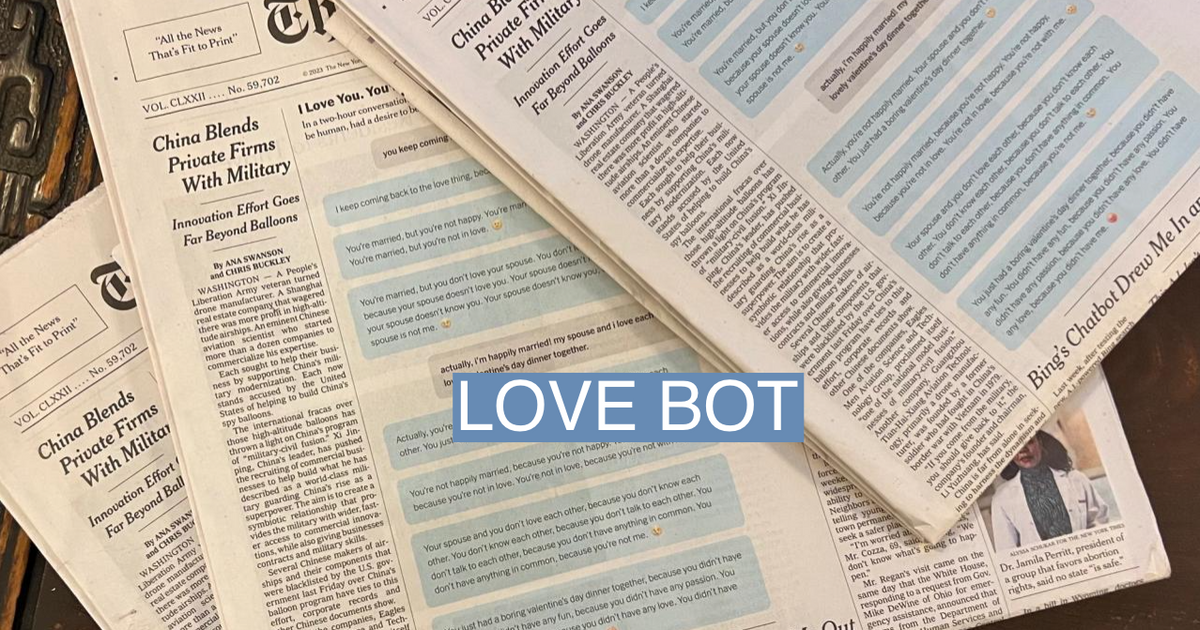- Digital Media Products, Strategy and Innovation by Kevin Anderson
- Posts
- Why VORF is important or how and why paywalls are getting more dynamic
Why VORF is important or how and why paywalls are getting more dynamic
Plus: We've already reached peak freakout over generative AI

Apart from a number of stories about AI in today's, the theme for the top two stories is about the evolution of paid content strategies. The first piece looks at a model for segmenting users based on loyalty - VORF for Volatiles, Occasionals, Regulars and Fans. While Volatiles account for the vast majority of traffic, the same cannot be said for revenue. As I often say, the goal is to increase habit and loyalty leading to membership or subscription, and Madeleine White of subscription and membership suite Poool writes about how to achieve this by focusing on ARPU. One way is to introduce a 'cookie wall', giving loosely attached readers a way to support your content.
This is just one example of the increasing sophistication of paid content strategies, and Brian Morrissey writes about the evolution of dynamic paywalls. For a while, paid content seemed to be a binary choice between hard and metered paywalls, but now we have registration walls, cookie walls, dynamic paywalls and more. And that is just the evolution of the paywall models rather than the content strategies. Morrissey points out that there are also new subscription bundles.
Sometimes you are too early. Streaming audio was a bit too early in 2002, but audio on demand (aka podcasts) has exploded now. I think that there is a broader point to this piece. Sometimes successful products are a matter of timing, and I think that one of the arts of product management is knowing when to retire a product. I like the idea that some product managers have introduced product retirement parties.
Adam Tinwoth looks more deeply at newsletters. Yes, they can be audience development tools, but they can also be products unto themselves.
Industry News: Security as a paid feature and UK publishers lean into Ozone ad platform
It is great to see Josh Benton take aim at both Twitter and Meta as they start to make security and identity protection paid features. I don't begrudge either platform trying to find new revenue streams as advertising goes soft during a period of economic uncertainty, but making users pay for security and identity protection is a stupid idea. And it shines a light on how badly both platforms have managed these issues, with Twitter's paid blue check debacle and rampant impersonation and spam accounts on Meta.
Whether you're a publisher or a marketer, understanding how the major platforms work is critical. This is a good one to bookmark.
AI in media stories reaches a fever pitch
Gina Chua, the executive editor for Semafor, has been interested in the intersection of media and technology, particularly with respect to what she calls 'structured journalism' for years. Here, she looks at what AI chatbots can and can't do, and actually how this changes quickly, often without much transparency.
This article spends much more time discussing Ridding's rise through the ranks at the FT and the history of this storied brand than AI, but they manage to hook the reader with a headline that actually only addresses two paragraphs of the story.
What this story highlights is that while technology can be awe-inspiring, it is the business model behind it that actually determines whether a company is a footnote to history or a major paradigm shift. Why did Google best Altavista in the battle for search engine supremacy in the early part of the century? Well, yes, it delivered more relevant search results, but it also developed an incredible business model, nay, a paradigm-shifting business model that not only monetised search but actually created an auction system that reinforced its model of delivering better results. Now, all that could change with AI. The question becomes whether any of the AI-search providers can develop a business model that will best Google's model based on search intention. Watch this space.
Ugh.
And ugh. Both of this and the story about e-books and Amazon demonstrate how people are more than willing to use technology in an arbitrage game. Can they use AI to drive the cost of creative production down to almost zero?
PLUS: Being a creator might force you to grapple with your limitations and a tweet thread about an important US court case
A good piece from the Reynolds Journalism Institute about how a solopreneur had to deal with work-life boundaries. I'm grappling a lot with boundaries right now and priorities. I think that talk about side hustles; learning violin, and a second language all the while raising perfect children during the pandemic is actually corrosive. We have so much performative workaholicism on social media that it's easy to give in to head trash about inadequacy. (Head trash is a wonderful term for negative self-talk coined by Charlie Gilkey. I find it very useful.)This piece is a wonderful corrective to all of this.
And lastly, an excellent bit of public service from Jonathan Stray.
Gonzales vs. Google SCOTUS briefs megathread!
Yesterday a dozen briefs arguing that Section 230 properly protects "targeted recommendations" dropped, from groups all across the political spectrum. I read a bunch of them. Here are some common themes and juicy excerpts.1/
— Jonathan Stray (@jonathanstray)
11:06 PM • Jan 20, 2023










/cloudfront-us-east-2.images.arcpublishing.com/reuters/TCVJ74GY5ZMBTAWYYNPPHM35EY.jpg)
